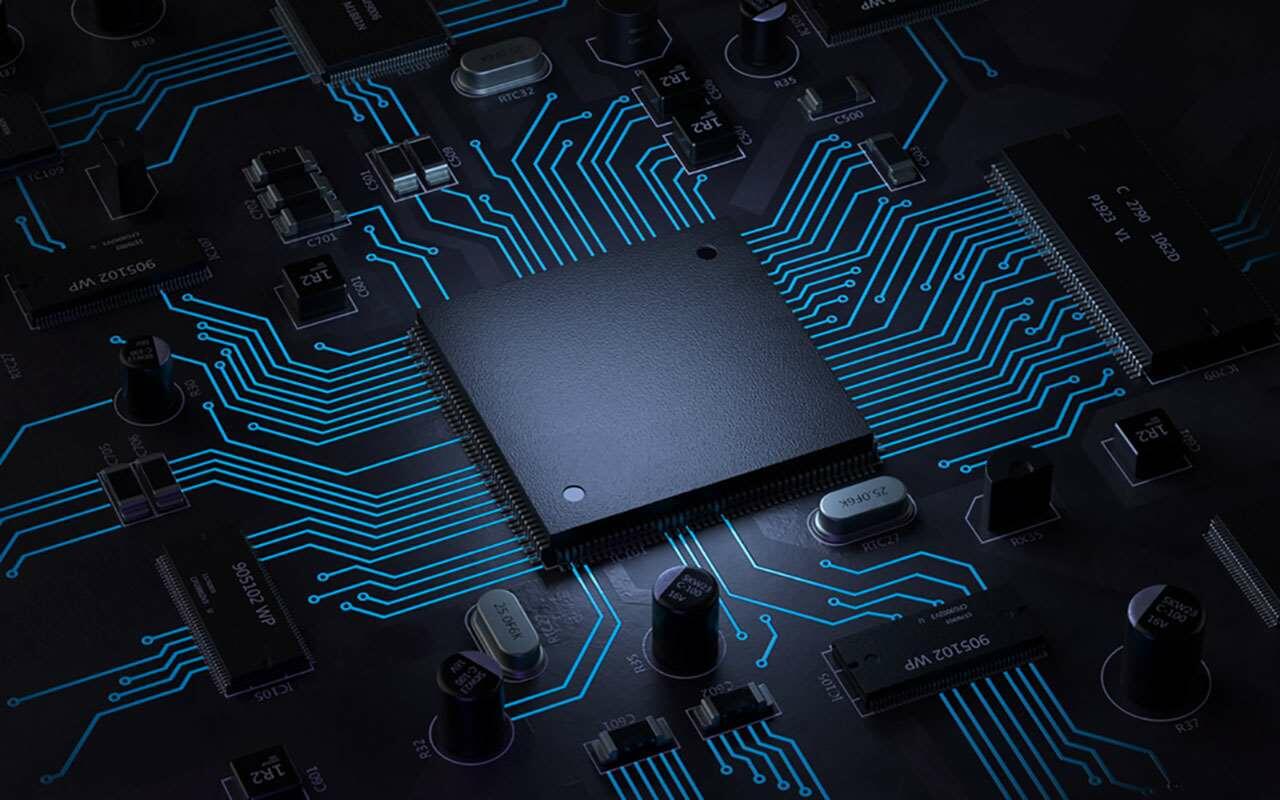Content
The technique is also able to speed up the frequency of value exchange and therefore promote price discovery. The liquidity of funds is considered to be the vital element of the liquidity of the entire economic system. Compared to conventional industries, DeFi doesn’t possess a self-built capital pool that would grant stable liquidity. Liquidity essentially refers to a fund’s liquidity, which is defined as the ability to buy and sell assets without causing any sharp changes in the asset’s market price. This is a key element in the functioning of either a new coin or a crypto exchange and is dependent on some parameters, including transaction speed, spread, transaction depth, and usability. If the underlying code is not audited or completely protected, DeFi users face other threats, such as smart contract failure.
Read on to find out more about how liquidity mining works, what functions it performs, and which protocols have been making the most of it. If you’ve been around crypto for a while you are probably familiar with the term mining. When you hear this word, its typically referring what is liquidity mining to the traditional way of mining that requires physical equipment to verify transactions on a network. The process of mining brings new coins into circulation as an incentive to help run the network. These shiny new coins are paid directly to miners for their service.
What Is Liquidity Mining?
Liquidity providers can earn rewards while decentralized exchanges get the desired liquidity required for their operations. The final category of protocols for liquidity farming includes growth marketing protocols, which are completely distinct from other two protocols. Such types of models rely on incentives for community members involved in marketing the project. Therefore, individuals could advertise the DeFi protocol or platform and earn governance tokens as their rewards. Many cryptocurrency investors want to earn an annual yield on their holdings, similar to interest rates on a traditional savings account or a certificate of deposit. Liquidity mining is one of the most popular methods to achieve this goal.
An experienced portfolio manager with 10+ years of proven and reputable track record in investment management and financial analysis. Currently, a partner at one of the fastest-growing private fund management companies in southeast Europe, Kiril has been tending to a loyal international base of client-investors and partners. When he is not crunching numbers and increasing his client’s wealth, he reminisces about his Michelin-star restaurant cheffing years and fondness of the culinary arts. The answer to this question cannot be undermined as you can encounter the following setbacks in liquidity farming.
This implies that all UNI holders have the right to vote on changes to the protocol. Currently, Aave has about 20 cryptocurrencies available, including DAI, ETH, BAT, MKR, SNX, USDT, USDC, TUSD, USDT, sUSD, BUSD, wBTC, ZRX, etc. Aave also has its own governance token, AAVE, which was preceded by another native token called LEND that was abandoned after a migration. Due to the lightning-fast development of blockchain technology, numerous separate entities have appeared, which liquidity mining can unite in one decentralized dimension.
Risks Associated with Liquidity Mining
Because of security fears, developers are innovating the DeFi space by coming up with new and better ways to provide security. Not only that, but DeFi projects must be sensible for holders to provide liquidity. If a project makes no sense, and the rewards make no sense, then there is no incentive for holders to join and provide liquidity. We already looked at Uniswap, which is a market-leading DEX running on any blockchain network that can process Ethereum-compatible smart contracts.

This kind of approach enables Curve to use more sophisticated algorithms, present the lowest possible fee levels, and avoid the impermanent losses seen on some other DEXs on Ethereum. Automated market makers are considered to be one of the driving forces fuelling the DeFi boom, and they have been embraced by several popular DEX platforms. Instead of order books, AMMs use smart contracts to create liquidity pools that will automatically conduct trades based on certain negotiated criteria. When such a liquidity pool is being created 50% of token A and 50% of token B, calculated in USD is being provided. When a user wants to exchange token A to token B on a DEX the user puts token A into the pool and takes token B out of the pool. Otherwise you’d need to wait for someone trading the exact token pair and amount for the transaction being successful.
On Uniswap 0.3% is charged as transaction fee and this fee will be distributed proportionally to the liquidity providers. Many decentralized finance projects have surfaced to facilitate a cheaper and more secure financial model as compared to the traditional system. Apart from trust, transparency, and reliability, there are many reasons why people have found themselves attracted to DeFi.
Final thoughts: Is Liquidity Mining Worth It?
Finally, consider the age of the platform and the identity of the core developers. The most recent incident that is experienced within the DeFi space is the Compounder Finance rug pull that saw investors lose close to $12.5 million. Passive income – liquidity mining is an excellent means of earning passive income for the LPs, similar to how passive stakeholders within staking networks.
- On the normal web, you can’t buy a blender without giving the site owner enough data to learn your whole life history.
- Staking vs liquidity mining is an ongoing topic of discussion as to which method is better for earning passive income.
- Therefore, it is possible to avoid IL if the market returns to the original price.
- Progressive decentralization protocols don’t grant control over the platform to the community straight away.
- As usual in crypto, when entrepreneurs see something successful, they imitate it.
- It’s basically yield farming on steroids because you earn interest from yield farming while simultaneously earning extra rewards for being a LP.
Consequently, while the token swapper pays a fee to be given an opportunity to trade on a DEX, the liquidity provider manages to earn money for providing the much sought after liquidity that the user needs. This is provided by so-called liquidity pools, where investors can park their crypto assets to earn rewards in the form of crypto tokens or interest payments. The locked-in funds then serve as the lifeblood of the decentralized crypto exchange. Without this liquid base of digital capital at their fingertips, the DEX trading systems would quickly grind to a halt. It relieves all crypto owners from dealing with traditional financial intermediaries and saves a lot of time and effort.
Maximize Your Crypto Portfolio
The bid-ask spread is considered to be one of the key measures of market liquidity. It reflects the difference between the asking https://xcritical.com/ price and the offering price of an asset. The narrower the spread between bid and ask orders, the more liquid the market.
LIQUIDITY MINING simply explained: get HIGH RETURNS on #Bitcoin, #Ethereum & Co.! https://t.co/GfxwMg3bS5
— Crypto Magnat (@cryptomagnat_de) August 27, 2022
So what’s the point of borrowing for people who already have the money? It’s also good for someone who wants to hold onto a token but still play the market. I can explain this but nothing really brings it home like trying one of these applications. If you have an Ethereum wallet that has even $20 worth of crypto in it, go do something on one of these products.
What Is Yield Farming? The Rocket Fuel of DeFi, Explained
This is also what we encourage people to do because earning 20% on stablecoins or 5% on your BTC is better than losing your funds to impermanent loss. Warren Buffett focuses more on not losing money rather than making money in shady investments. This is why he’s so successful and all the Crypto Moonshot Shitcoin investors aren’t. DeFi may have its risks, but a lot of those security issues are being addressed and fixed as you read this. With what is offered from a world of decentralized finance, DeFi is definitely making the future more appealing for average investors. Before learning how liquidity mining works, it’s necessary to first understand liquidity pools.

This means that your DOGEs are now wallets of people which benefitted of the 100x and you got their ETH bags instead. This is why you’re being lured by those “SHITCOINS”-ETH liquidity pairs with absurdly high APYs. – The DEX is dependent on people filling those liquidity pools because the more liquid the DEX is the more people can trade and the more people can trade the more money the DEX is making in transaction fees.
How to Earn 10%+ on Your Bitcoins by Holding the Private Keys
Just last week, 115 different COMP wallet addresses – senators in Compound’s ever-changing legislature – voted to change the distribution mechanism in hopes of spreading liquidity out across the markets again. So far, though, more liquidity has gone into Uniswap since the BAL announcement, according to its data site. It’s possible to lend to Compound, borrow from it, deposit what you borrowed and so on.
As usual in crypto, when entrepreneurs see something successful, they imitate it. Balancer was the next protocol to start distributing a governance token, BAL, to liquidity providers. Ren, Curve and Synthetix have also teamed up to promote a liquidity pool on Curve. Again, the liquidity provided to Uniswap will be granted to clients who trade assets from the ETH/USDT liquidity pool.
Which platforms support liquidity mining?
So if the USDC-ETH pool’s trading fees are 0.3 percent and 10 percent of the pool has been contributed by a liquidity supplier, they are entitled to 10 percent of 0.3 percent of all trades’ net value. Thus, they burn their pool tokens and will remove their stake anytime a customer tries to withdraw their stake in the liquidity pool. A DeFi liquidity pool is a smart contract that locks tokens on a decentralized exchange to guarantee certain tokens’ liquidity. Users that have smart contract tokens are referred to as liquidity providers.
Apart from the other important details in an introduction to liquidity farming, you may have an important question. Volatility profiles based on trailing-three-year calculations of the standard deviation of service investment returns. Investing in Top FinTech Companies Combine finance and technology and you get companies in this space. It provides investors with an option on what to do with their reserve coins. The term liquidity means the ease with which an asset can be converted into spendable cash, so the easier it is for an asset to be spent, the more liquid it is.
Why is Liquidity Mining Good?
Ever wondered where the tokens on decentralized exchanges come from? All tokens in liquidity pools are supplied by regular people just like you and me. Instead of an exchange owning the tokens, the supplied tokens reside on a smart contract that is 100% managed by code. As crypto farming becomes more popular, liquidity farming will be the go-to method of providing liquidity to protocols. On top of that, liquidity farming is a very popular method of earning passive income. However, staking and yield farming are quickly becoming more popular.
